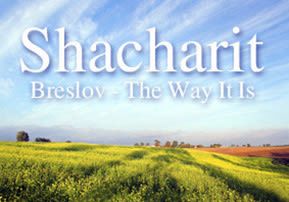
Shacharit
Reb Ephraim ben Naftali, a close follower of Reb Nosson, mentions the nusach “la’asok bedivrei Torah” for the first of...

Le‘ilui nishmat Leib ben Yitzchak Ya’akov Sears, a”h – Yartzeit: 30 Shevat, Rosh Chodesh Adar
Le'ilui nishmat Yosef ben Shmuel Zeitlin, a"h – Yartzeit: 18 Menachem Av
We continue with our new series of minhagim and hanhagot tovot of Breslov. We invite you to peruse our previous entries by accessing our archives.
Shacharit
Reb Ephraim ben Naftali, a close follower of Reb Nosson, mentions the nusach “la’asok bedivrei Torah” for the first of the three birkhot ha-Torah, rather than “al divrei Torah.” It seems likely that this was the nusach followed by Reb Nosson’s talmidim (see Likkutei Even, p. 78. This is described in Shulchan Arukh, Orach Chaim 47:5-6. Although the mechaber redacts “al divrei Torah,” Be’er ha-Golah cites the Rosh and Tur as mentioning that "some say 'la’asok be-divrei Torah,' ” and also that this is the nusach of Ashkenazic and Polish communities. This nusach appears in Siddur ARI Kol Yaakov, Siddur ARI Rav Asher, and Siddur ARI Rav Shabsai; also Siddur Heichal ha-Berakha [Komarno], which points out that this nusach contains thirteen words, corresponding to the "Yud-Gimel Middot she-ha-Torah Nidreshet Bahem;" also see Mishmeret Shalom [Kaidinov], 8:2; Darkei Chaim ve-Shalom [Munkatch] 9, 10; et al.).
* * *
Reb Nosson mentions the common custom of reciting the verse, immediately upon entering the synagogue, "Mah tovu ohalekha, Yaakov. . . How goodly are your tents, O Jacob…" (Bamidbar 24:5). The Tcheriner Rav darshans on the accompanying verses "Va'ani be-rov chasdekha avo veitekha… As for me, through Your abundant kindness, I will enter Your house…" etc. (Tehillim 5:8, 26:8, 95:6, 69:14), as found in most siddurim. (Likkutei Halakhot, Beit ha-Knesset 5:5; Zimrat ha-Aretz 54, 67. The custom of reciting "Mah tovu" and accompanying verses appears in Siddur Rav 'Amram Gaon. However, some nuschot begin with "Va'ani be-rov chasdekha," to avoid beginning with a verse from Bilaam; see Levush citing RaSHaL; Abudarham; Siddur Heichal ha-Berakhah [Komarno], et al. Rabbi Moshe Cordovero expounds upon the meaning of reciting “Va’ani be-rov chasdekha” when entering the synagogue in Tomer Devorah, Chapter 10.)
* * *
Rabbi Levi Yitzchak Bender states that in Uman, Shacharit would begin with "Adon Olam," omitting "Yigdal." This is the custom in both the Tzefat and Jerusalem Breslov communities today, as well. (Si'ach Sarfei Kodesh IV, 147; also cf. Siddur Tefillah Yesharah−Berditchev, in the name of the ARI zal; Siddur Baal ha-Tanya; similarly Darkhei Chaim vi-Shalom [Munkatch], Seder vi-Nusach ha-Tefillah 103. However, some Chassidim do recite “Yigdal,” based on the custom of the SHeLaH Ha-kadosh; also see Mishmeret Shalom [Kaidinov] 8:6.)
* * *
Reb Gedaliah told his talmidim to omit both “Yigdal” and Shalosh Esreh Ikkarim. He said, “We have six hundred and thirteen ‘ikkarim’” (heard from Rabbi Dovid Shapiro).
* * *
Reb Nosson mentions the custom of reciting the parshat ha-akeidah at the beginning of Shacharit. Some omit this on days when there is no Tachanun (see Likkutei Halakhot, Tefillat Arvit 4:16; ibid. Matanah 5:58).
* * *
Prior to Korbonot, some begin: “Le-‘olam yehei adam yirei Shomayim be-seiser u-va-golu’i…” as stated in most Nusach Sefard siddurim, while others say “be-seiser ki-va-golu’i,” according to the view of the ARI zal. It is not known which nusach Reb Gedaliah followed. (The first nusach is that of the Siddur RaMaK. The second is found in both Pri Eitz Chaim and Sha’ar ha-Kavannot, as well as in most versions of the Siddur ARI.)
* * *
Reb Nosson darshans on both orders of Birkhot ha-Shachar, Ashkenazic and Sefardic. However, the seder ha-berakhot traditionally said in the Breslov community was the Ashkenazic (which places the berakhot “shelo ‘asani goy… ‘oved… ishah” toward the beginning) (see Likkutei Halakhot, Hashkamat ha-Boker 1:11, et passim). (Rabbi Chaim Vital states that he did not receive any instruction about the seder ha-berakhot from the ARI zal. Therefore, Ashkenazim and Sefardim generally follow their separate minhagim on this; exceptions to this rule include Chabad Chassidim, who follow the Sefardic order.)
* * *
Reb Nosson mentions the nusach of the berakhah “Ha-nosein la-sekhvi vinah le-havchin…” in the present tense, not “asher natan la-sekhvi…” in the past tense (see Likkutei Halakhot, Birkhat ha-Shachar 1, 3:1, et passim). (This is the nusach of the RaMBaM, Siddur Rav ‘Amram Gaon, Abudarham, Siddur RaMaK, and ARI zal, as cited in Pri Eitz Chaim, Sha’ar ha-Berakhot, 4; among the Chassidim, cf. Siddur ha-Rav Baal ha-Tanya, Siddur Heikhal ha-Berakhah-Komarno, et al. However, “asher natan” is the nusach of the Gemara, Tosefot, RIF, Machzor Vitry, and Kol Bo. It also is redacted in the Siddur Tefillah Yesharah-Berditchev. For further discussion, see Likkutei Maharich, vol. I, p. 66.)
* * *
Reb Gedaliah would recite Korbonot for Shacharit while standing, and Korbonot for Minchah while sitting (heard from Rabbi Dovid Shapiro).
* * *
Reb Dovid Shapiro asked Reb Gedaliah if one who comes late to shul should skip parts of the service in order to daven with the tzibbur, or if he should continue ke-seder, like some Chassidim. He said, “There is a Shulchan Aruch… However, if you skip things, be sure not to omit the Kriyat Shema before Korbonot” (see Shulchan Arukh, Orach Chaim 52; however, Be’er Heitiv, ad loc., mentions that many anshei ma’aseh do not try to keep up with the minyan, but daven ke-seder at their own pace, in keeping with the view of the ARI zal, and do not skip anything. Sha’arei Teshuvah similarly does not object to this; also cf. Sefer ha-Minhagim Chabad, “Tefilah,” p. 8. As for the importance of this Kriyat Shema’, Reb Nosson states that it expresses the faith in God's Oneness, which destroys avodah zarah, this being the main tikkun of the Korbonot; see Likkutei Halakhot, Kriyat Shema’ 4:14 and Tefillah 4:18).
* * *
Before "Hodu," it is customary in the Tzefat Breslov kehillah to recite "Yedid Nefesh."
* * *
Prior to "Barukh she-amar," Reb Elazar sometimes reads "Lamenatze'ach bi-Neginot" in the form of a Menorah. He uses a diagram that arranges the order of verses from right to left, following the shittah of the talmidei ha-Baal Shem Tov. (This practice is discussed in a number of kabbalistic works, including the commentary of Rabbeinu Bachaye, Vayechi; Sefer Yirat E-l by the Baal ha-Roke'ach; Sefer Kan Tzipor on Tehillim by Rabbi Yitzchak Eizik of Stretin, et al.)
To be continued…
(With permission from The Breslov Center for Spirituality and Inner Growth http://www.nachalnovea.com/breslovcenter)



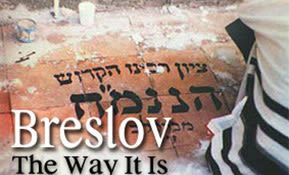
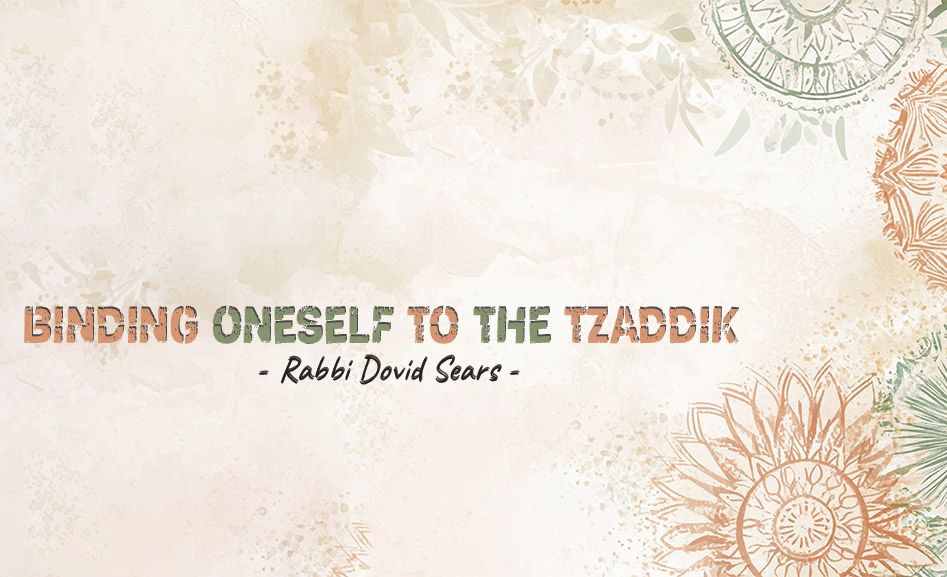

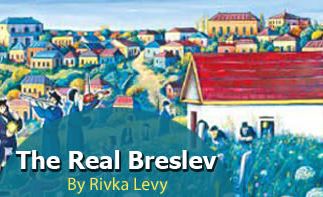

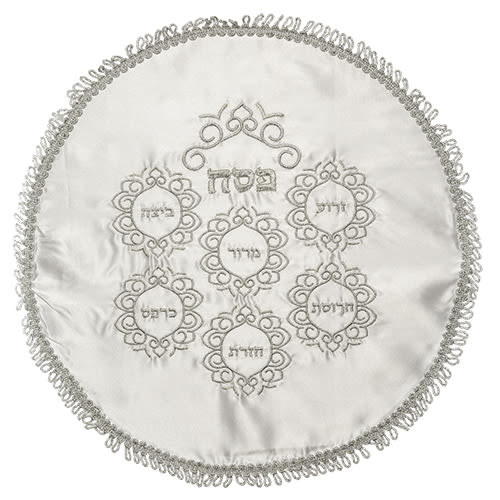


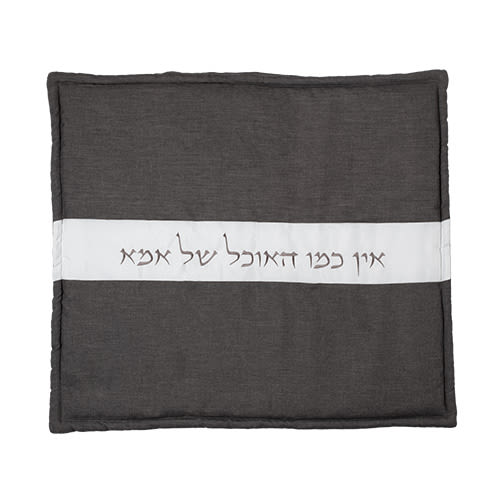

Tell us what you think!
Thank you for your comment!
It will be published after approval by the Editor.